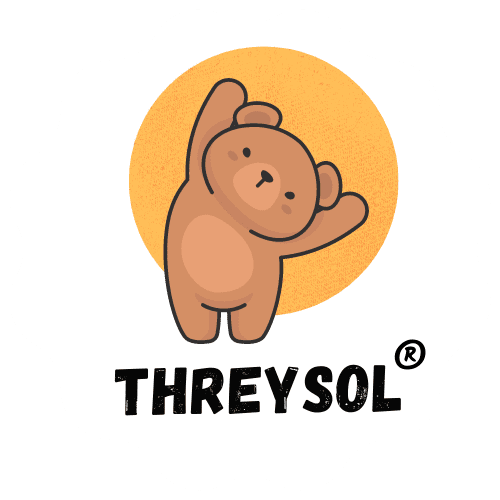"Total communication is a communication philosophy - not a communication method and not at all a teaching method...Total communication is an approach to create a successful and equal communication between human beings with different language perception and/or production...
To use Total communication amounts to a willingness to use all available means in order to understand and be understood."
- Hansen’s definition of Total Communication. “Aspects of deafness and total communication in Denmark” Hansen, B. (1980) The Center for Total Communication, Copenhagen. “
Total communication uses a variety of methods such as gesture, sign, drawing, facial expression and mime. It is based on the idea that any means of communication is valuable as long as it works.
Individuals with communication delay/disorder struggle on daily basis to communicate their needs to their family, friends and relatives leading to communicative failure which in turn results in anger and frustration. Children with Autism Spectrum disorders will have impairment in decoding the non-verbal mode of communication and often become aggressive when they are not able to communicate their needs resulting in tantrums. In such situation to fill the communication gap alternative and augmentative mode of communication will be helpful. Alternatives, like signs, may actually stimulate speech. Once intentional communicative intent is established one can notice a gradual reduction in tantrums.
Children with Autism can be taught to communicate through PECS (Picture Exchange Communication system), signs, communication boards, gestures. As children take time to observe, and learn to speak verbally through stimulation, alternative communication can act as temporary means of communication. For example, a child can be taught to use water sign to get access to water, or a child can give picture card of 'break' to adult to convey that he/she needs a break. Once the child starts vocalizing additional supports can be slowly faded away. Parents can explain to their child's teacher regarding child's communication level and the mode of communication used. Try to replace crying and tantrums with alternative communication to get access to needs, to seek attention or to avoid items or situations they are not comfortable with.
Communication doesn't only include expression, understanding is also an integral part of communication. Children who have difficulty in understanding can be taught through visual aids. During the early intervention period gestures, pointing or a picture card can be used to help the child follow instructions through modelling and by prompting the child physically to follow it. A child who is learning to sequence can be taught through textual clues, physical prompts or positional prompts. Several skills can be taught related to comprehension using 'Total communication' approach.
Similarly in articulation therapy, total communication approach can be used to help the child understand the placement and manner of production of speech sounds. For example, /g/ sound can be taught by providing tactile cue as it's a back sound, /w/ sound can be taught through visual feedback using mirror. Colored flash cards can be used to help the child to identify and discriminate the target sound with substituted sound. Practicing the sounds through the auditory, visual and text stimuli helps the child to stabilize and maintain correct production of sounds.
"Helen Keller, an american author, educator and political activist, who was deaf and blind learnt to communicate through sign - language in her early life and then verbally through touch lip reading, braille and finger spelling".
'Total communication' what does it mean? How does it help in communication intervention?
10.12.20 08:33 PM
'Communication' is the process of exchanging ideas, feelings, or thoughts between two or more people. This process happens both verbally and non - verbally. Studies explain that 93% of communication we do is through non - verbal mode, only 7% of it constitutes of verbal communication. Non-verbal communication comprises of gestures, facial expressions, body language, position of body, tone and pitch of voice etc. It includes different senses i.e touch, vision, hearing, taste and smell. Infants to adults learn from their environment from the inputs they receive from these senses. Hence it's a natural way of learning Speech and Language skills and skills related to other developmental areas. An infant or toddler understands that clap is an action related to a happy emotion through observation of facial expressions, body language and tends to repeat it whenever he/she feels happy. Hence it is not only verbal communication but also non-verbal communication accounts for learning in children.
